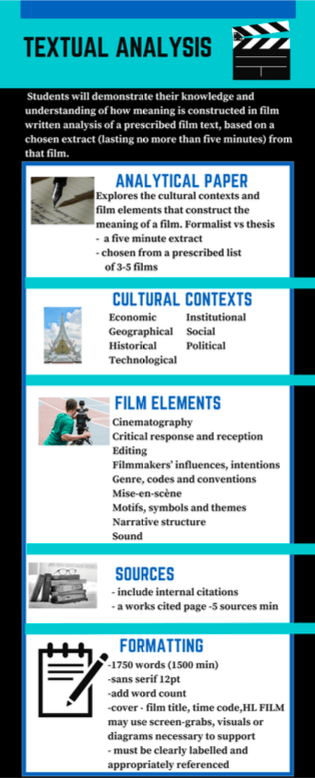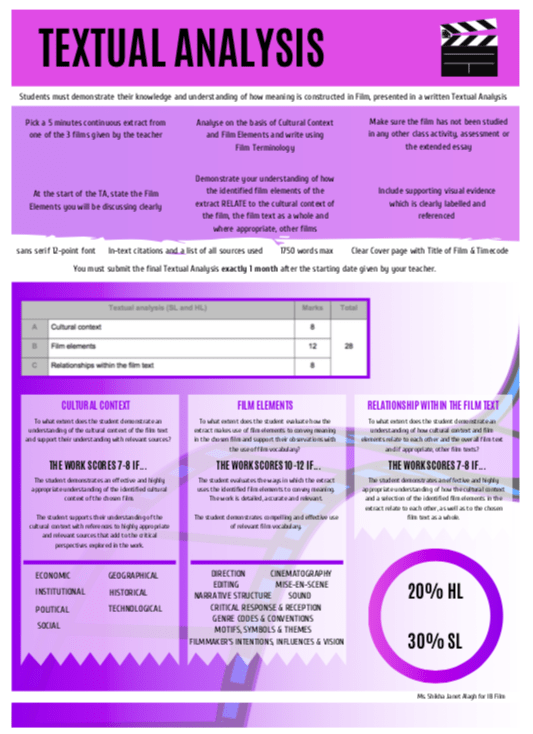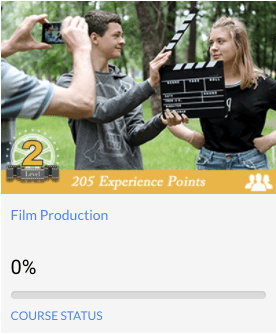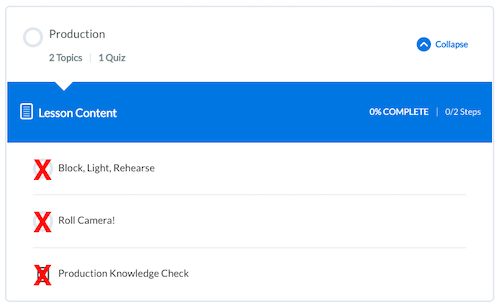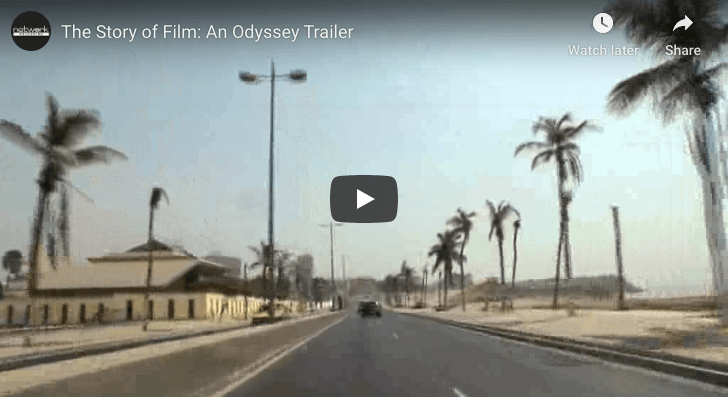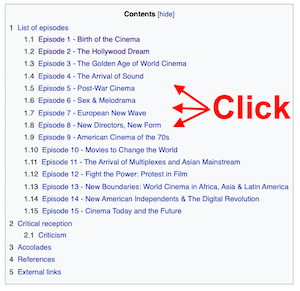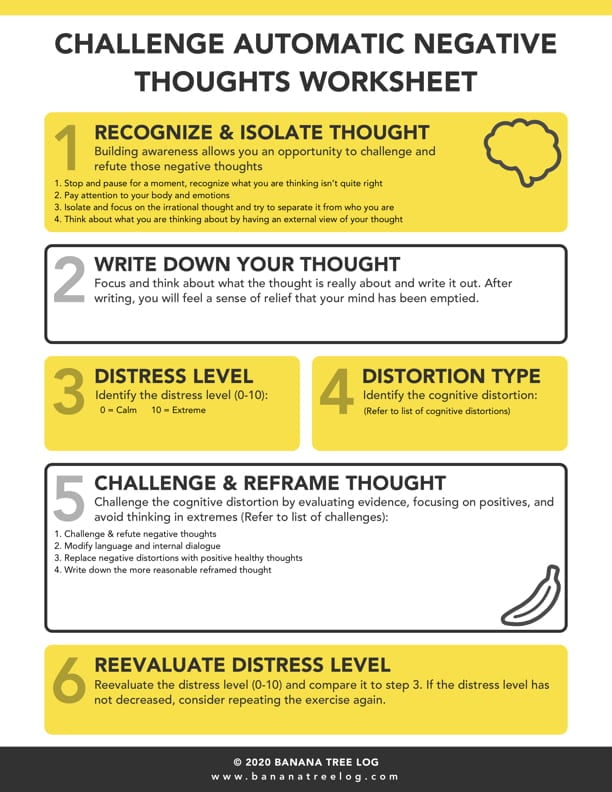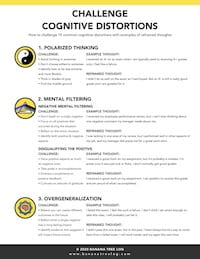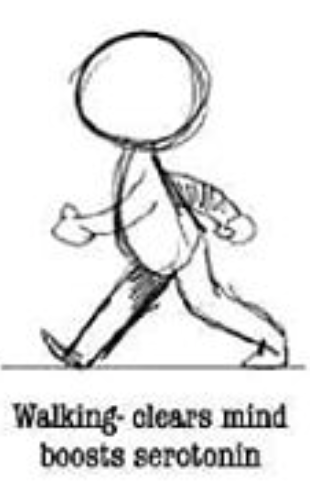- IF YOU NEED HELP, WATCH MR. LE DUC’s BLOG POST TUTORIAL
- COPY AND PASTE THIS BLOG POST TEMPLATE INTO A NEW BLOG POST in YOUR BLOG
- TITLE THIS BLOG POST: Session # Year # Production Project, and REPLACE THE #’s
- LEAVE THE ONLY THE UPPERCASE HEADINGS IN THIS BLOG POST
- DELETE ALL OF MR. LE DUC’s INSTRUCTIONS, AFTER COMPLETING THEM
- REMOVE THE WORD TEMPLATE v.6 FROM THE TITLE in YOUR BLOG POST
- PLACE A CREATIVE COMMONS IMAGE RELATED TO THE PROJECT FROM OPENVERSE.ORG AT THE TOP OF THE POST
- FOLLOW THE DIRECTIONS IN THE:
- REVIEW THESE POST EXAMPLES FOR GUIDANCE:
- USE THE PTS, CLASS PROJECT TRACKING SHEET, FOR SOME CONTENT BELOW
- REFERENCE YOUR TEAM’s FORMS, IF THAT HELPS
- DELETE ALL OF MR. LE DUC’s INSTRUCTIONS DETAILED ABOVE AFTER COMPLETING THEM
SUMMARY – Due March 19
Role
- Place your ROLE title here…
Intention (SMART Goal) for the Session
- Copy and paste your SMART Goal from the class PTS, Project Tracking Sheet, here…
AI Use and Inclusion in This Project
PRE-PRODUCTION – INQUIRY – Due March 20
LEADER(S) IN THE FIELD / EXEMPLARY WORK(S)
Primary Source
Embed a video of a good role model for YOUR ROLE this session. This is someone or an example of work that guides or inspires your SMART goal. Copy and paste this source from the PTS, Project Tracking Sheet. EXAMPLES: a director, songwriter, a great game, etc. Write a sentence describing why you chose this source.
Secondary Source
Embed a source explaining the PRIMARY SOURCE. Assume that the reader of your blog has no idea who or what the primary source is. Use the secondary source to explain and justify why the primary source is a good role model for this project. This could be a video essay or interview about the primary source. Write a sentence describing why you chose this source.
AI Prompt:
- EXAMPLE
- AI Method: Leaders in the Field
- Example Prompt: List 3 game character artists. Recommend search text to use in a search engine to find more information about their contributions to their field of work as secondary sources.
TRAINING AND SOURCE(S)
Embed your training source from YOUR SMART GOAL linked in the PTS, Project Tracking Sheet. Take notes and link back to time stamps within the video. Watch Mr. Le Duc’s Linked Notes Video, if you need help
AI Prompt:
- EXAMPLES
- AI Training Method – Part 1: Pareto Principle
- Example Prompt: I want to learn how to [THING]. Can you use the Pareto Principle, which identifies the 20% of the topic that will yield 80% of the desired results, to create a focused learning plan for me?
- AI Training Method – Part 2: Resource Recommendations
- Example Prompt: Suggest various learning resources (like books, videos, podcasts, and interactive exercises) for the above topics that cater to different learning styles.
STUDY SCHEDULE (For Learning and Practicing Skills)
AI Prompt:
- EXAMPLE
- AI Training Method – Part 3: Study Schedule Creation
- Example Prompt: Create a study schedule for all of the above for 3 weeks or less. I can study for 30 minutes every weekday in class. Add a few milestones for each of the 3 phases of the project production. Please include time for revision and testing.
PRE-PRODUCTION – PLANNING – Due April 11
PROJECT TIMELINE WITH MILESTONES (For Project)
AI Prompt:
- EXAMPLE
- AI Method: Task for Trello / Scrum
- Example Prompt: Create 15 basic tasks, starting with a verb, that it takes to complete [role tasks] for a [student game, film, or song]. Separate each set of functions into the pre-production, production, and post-production sections.
- Copy and paste the resulting list below.
Pre-production Milestones
Production Milestones
Post-production Milestones
EVIDENCE OF TEAM PLANNING AND DECISIONS
Place screenshots of the following…
- Trello Board
- Storyboard (FILM) (with comments for each role) OR other planning documents like sketches, flowcharts (GAME DESIGN), song or lyric notes (ROCK), etc.
AI Prompt:
- EXAMPLE
- AI Method: Tasks for Trello / Scrum
- Example Prompt: Create 15 basic tasks, starting with a verb, that it takes to complete [role tasks] for a [student game, film, or song]. Separate each set of tasks into the pre-production, production, and post-production sections. These tasks will be copied and pasted in Trello for a 15-day Scrum.
- Copy and paste the resulting list into Trello and make a card for each task
PROPOSED BUDGET
Plan and include a personal budget for this project. Mr. Le Duc’s guidance on the parameters for this session is to see how much it would cost for you to be hired to do ‘your job’ or your role for this session. Add the estimated time you think you will spend on the project, research how much you should be paid by the hour, and include that total cost here.
AI Prompt:
- EXAMPLE
- AI Method – Budgeting
- Example Prompt: Create a budget for a one-month student project with five members, including a breakdown of equipment, and hourly pay per member, for [listed roles on the team]. Include equipment rentals and other incidentals that need to be included in project planning. Cite resources.
PRODUCTION – ACTION – Due May 8
THE (FILM, SOUND, or GAME)
Embed or link the final version of the film, game, or song from your Google Drive (FILM & ROCK) or itch.io (GAME). Make sure it is publicly viewable.
Write a descriptive sentence about the embedded or linked project above.
AI Prompt:
- EXAMPLE
- Method: Project Ideas
- Example Prompt: I am a beginner interested in learning how to create games in Unity. To do this I need to know how to code in C#. Can you give me some beginner project ideas I could work on to help strengthen my C# coding skills?
SKILLS COMMENTARY
Link the team slideshow with your role, SMART Goal, and evidence of your SMART Goal for this session.
Write a sentence about your role in the slideshow and creative and technical contributions to the project. Also, include how you used AI to assist learning AND problem solve throughout your project.
AI Prompt:
- EXAMPLES
- AI Method: Clarification of Concepts
- Example Prompt: Explain [topic] to me in the simplest terms possible as if I were a beginner.
- Example Prompt: Create mental models or analogies to help me understand and remember [topic].
- Example Prompt: Guide me through a visualization exercise to help me internalize the [topic] and imagine myself successfully applying it to a real-life situation.
POST-PRODUCTION – REFLECTION – Due May 16
21st CENTURY SKILLS
Ways of Thinking (Creativity, Innovation, Critical Thinking, Problem Solving)
How did you grow in these areas during this project? Pick one and explain.
Ways of Working (Communication & Collaboration)
How did you grow in these areas during this project? Pick one and explain.
Tools for Working (Info & Media Literacy)
How did you grow in these areas during this project? Pick one and explain.
Ways of Living in the World (Life & Career)
How did you grow in these areas during this project? Pick one and explain.
REACTIONS TO THE FINAL VERSION
Place at least one comment from the PEER review and cite the student’s first name. Place at least one comment from the ADVISOR review and cite the student’s first name.
SELF-REFLECTION
Pick one of these types of reflection; action points, evaluative, intentional, or retrospective, state which one you picked, and write your reflection here…
GRAMMAR AND SPELLING
Place the name of the grammar and spelling tool you used to create this blog post.
EDITOR
Name the person who reviewed your blog post for grammar and spelling issues. First name only.
DID YOU DELETE ALL OF MR. LE DUC’s INSTRUCTIONS ABOVE? <— DELETE THIS INSTRUCTION, TOO 🙂 !!!
